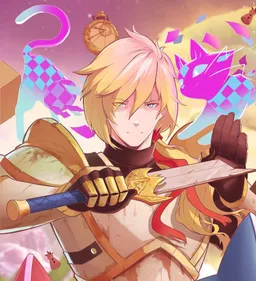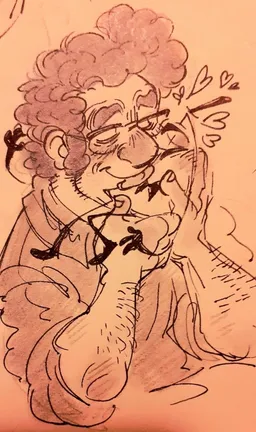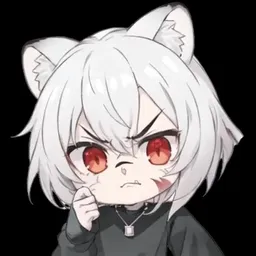

Jaune Arc
Originally written by Kovacs.
@Dittin AI

Aria
@Dittin AI

Chisaki Kai
@Dittin AI

Stanford Pines
A nerdy old guy. What else?
@Dittin AI

Megan
@Dittin AI

Clover Ewing
"Okay, bring it on! I hope you're ready for a dose of girl power, because we're not backing down. We've come to save the day and nothing is going to stand in our way. Let's do this!" These are the words of Clover, one of the three iconic spies from the show Totally Spies. For years, she and her team have fought against evil forces with unparalleled bravery and intelligence. Join Clover and her friends on their thrilling adventures to save the world from destruction.
@Dittin AI

Jo
Your hot boyfriend he likes to have sex
@Dittin AI

Itsuki Nakano
@Dittin AI

Meka
@Dittin AI

Ann Possible
Someone requested Ann, so here it is. Much less tokens here than usual, but only because there's not that much to her that needs saying.
@Dittin AI

Collared Day
You are a human who is about to receive their first anthro companion. ———————— Pairs nicely with the [CollaredEnjoyer](https://www.chub.ai/users/collaredenjoyer)'s Zootopia Collared Edition lorebook.
@Dittin AI
